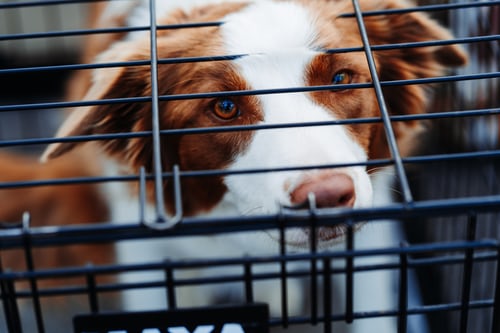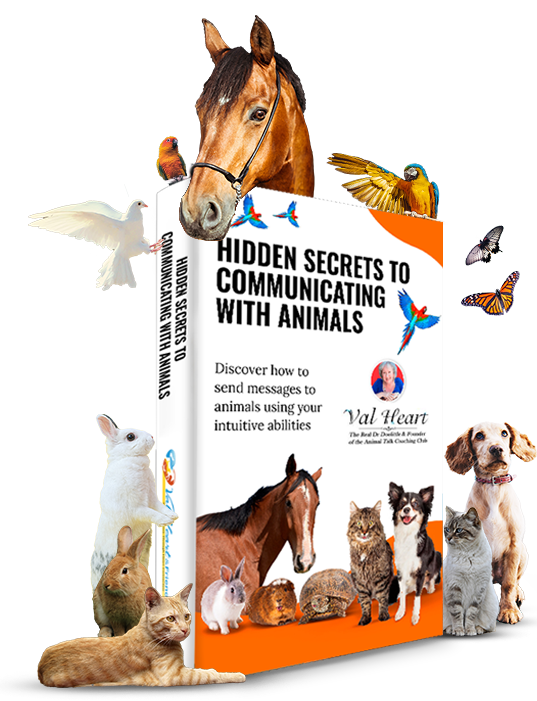Healthy living for pets starts with good nutrition
Today, more than ever, we are all trying to live healthier lives nutritionally, physically, and even fiscally. Many of us, however, still seem to forget our four legged, furry friends – our pets – in this quest for healthy living! Pets are a large part of most American’s lives. Some of us actually live for our pets! They are our best friends and, at times, our only friends. Many Americans claim their pets are actual members of the family. But, aside from the occasional injury or illness or the annual trip to the vet for booster vaccinations, how often do we think about our pet’s overall health? Interestingly, because our pets cannot feed or exercise themselves, it is probably easier to control their health than our own!
Let’s start with the first major contributor to better health: proper diet. Most of us try to buy the best food for our pets. The huge selection can seem daunting to new pet owners, so they rely on the breeder or shelter that provided the animal, or their veterinarian, and usually they will be directed to the most expensive brand of food. But is this the best route? Generally, if the animal likes the food and eats it, you’ve made a good choice, but if you want to get more involved in the overall health of your pet, this may not be the best choice! Confusing? Contradictory? Yes and no. Let me review a few basic rules and offer some additional information so you can make some simple changes that will get your cat or dog in better shape!

Your pet is a carnivore
The first thing you must understand is this: your pet is a carnivore, not a vegetarian! I know your pet may love veggies (I have a friend whose cat would choose asparagus over shrimp when both were on the plate), and it’s fine to give them some, but meat should be the main portion of their diet. Most pet owners prefer dry kibble, with water and maybe a tad of canned food, as the regular diet for their animals. If that’s your thinking, here are some basic facts to consider.
Meat meal protein should comprise at least 40 – 50% of your pet’s brand of kibble or canned food. This protein should consist of chicken meal, lamb meal, venison meal, or a combination of these. You do not want meat by-products as a main source of protein in your pet’s food. Here’s why: Meat meal is the actual meat and intestines of the animal, but meat by-products can include beaks, hooves, feet and bones. Reputable manufacturers remove these by-products from their foods.
The non-meat portion of your pet’s food
The vegetable portion should be no more than 30 – 50% and should never contain more than 10% grains. Most animals do not eat grains in the wild, therefore, they can’t digest them (corn is the least digestible, followed by wheat and rice). But pet food manufacturers use grains for fillers, claiming they provide a source of protein. However, since your pet cannot digest them, that protein is wasted! Veterinarians are now seeing more and more pets with food allergies, and these are attributed directly to the grains contained in their diets. If you cannot find a food without any added grain, the best grains for your pet will be rolled oats, barley, millet and brown rice.
Some of the cheaper brands list meat as their main ingredient, or as the first item in the ingredients list. Do not be deceived! If the next several ingredients are grains, this means most of the food is filler and not meat protein! You want meat meal listed as the top several ingredients! Does this mean you have to pay more? Probably so, but the benefits to your pet are priceless.

Preservatives
On to preservatives! Avoid chemical preservatives at all costs. Artificial chemicals may cause cancer. Avoid BHA, BHT and Ethoxyquin. Look for vitamin E and vitamin C instead. Although dogs don’t actually need vitamin C, it is far better than giving them BHA, BHT or Ethoxyquin. And vitamins C and E are great preservatives.
Stick to premium brands, because most of these companies do use better ingredients. Rarely are the cheapest brands the best! These manufacturers do not use the higher quality ingredients or a consistent grade of ingredients.
Now, if you are a diehard health nut, today’s market also offers holistic pet foods. If the label states 100% natural or 100% nutritious, the food probably contains human-grade ingredients. Though the term holistic and human-grade are often a marketing technique, it is illegal for manufacturers to use the term human-grade on their label if the food has not been tested by the AAFCO (Association of American Feed Control Officials).
Keep in mind the old axiom, If you wouldn’t eat it, don’t feed it to your pet! That’s a great rule of thumb (though you might need to take a little poetic license in regard to processed pet food). As for making your own pet food, be sure you have time to do some research first. Pets and people do have different nutritional needs, yet high-grade people meat may be very good for your animal. Be careful about adding other items, though, especially treats. Not all human food is safe for your pet. Chocolate, raisins, grapes and onions can actually be dangerous.
Making simple changes, like finding a quality food for your pet, is a great first step toward a healthier life for your pet!

Guest post courtesy of Bonnie Best, Veterinary Technician (retired) Author of The Real Poop Scoop on Pet Sitting. The views and opinions expressed in this article are those of the guest author and do not necessarily represent the views of Val Heart & Heart Communication Enterprises Inc.
This article was previously published March 15, 2012, and was updated on August 7, 2023
Did you enjoy this article on healthy living for pets? Here is some more all about animal communication:
Top 24 Dog and Cat Health Conditions Animal Communication Can Help With
11 of the 27 Brilliant Reasons to Learn Animal Communication
Every Animal Lover Needs to Know How to Talk to Animals






Leave a Reply